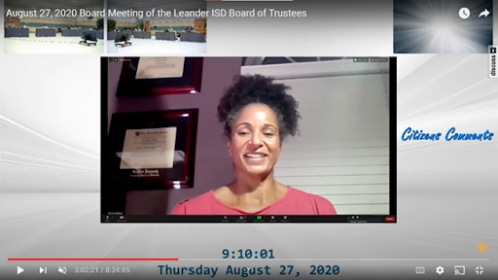Beyond February: Supporting Black Children and Families in Child Welfare
Black History Month is a great time to focus on learning the stories about the “Firsts,” the “Onlys,” and the “Did you know?” of Black History. Much of American history has been glossed over, hidden, or misrepresented because certain voices have been silenced. Black History Month shines a light on those voices and brings them to front and center stage.
For my take on the importance of Black History Month in child welfare and advice for new transracial families on how to honor their children’s culture and heritage, check out my Foster Village blog post from last year here.
Black children are disproportionately overrepresented in foster care and underrepresented at every level of service while they are in the system. For those of us working within the system, we must recognize and understand the challenges Black families face. Being color agnostic or coming from a position of “not seeing color” doesn’t help. Rather, this attitude hinders the work in addressing the traumas of racial and systemic discrimination in the past and present, and prevents us from changing it for the future.
By seeing color, you acknowledge the traumas and challenges kids and families face simply because of the color of their skin. We can’t change what we don’t see. If we’re truly going to support these kids and break generational cycles of adversity, change must be made. That means going beyond February’s education and awareness efforts.
Here are two things you can do in February and beyond:
-
When you read about the “Firsts” and “Onlys,” ask yourself these questions and formulate actionable responses that you can take right now:
- What are the barriers that prevented them from succeeding in the first place?
- How have those barriers affected the generations?
- Are they still in existence?
- How can you prepare your foster or adopted child for these? Can you remove the barriers?
- How can you support the family of origin?
-
Take a walk in her shoes. Go through everyday activities with your child and see the impact race has on even the simplest of activities. For instance, there’s a WHOLE lot to know about caring for Black hair. Our texture and curls require products designed specifically for coarse and curly hair, even in their natural state.
-
Do you have shampoo, conditioner, and moisturizer designed for her hair at home? (Check out CurlMix – a Black-owned hair care company focused on curls of all types. I’m 4b curl type, btw.)

-
Did you know – it is LEGAL in many states to discriminate based on hair? Check out The Crown Act for information on adding protections for natural and protective hairstyles in schools and workplaces. Then, check your school dress code and see if your child’s hair is in violation. If it is, challenge your school board to address this issue! (I went through this process with Leander ISD and got hair protections added to the dress code in August 2020. Advocate for your kiddos!)
- Who are the people in her day who look like her? What are the daily demonstrations of her aspirations? Teachers? Principals? Other people in positions of power? What Black Excellence can she see in her regular life, not just special events? She needs to be able to dream big and start small. When you can see it, you can be it.
-
How’s the media selection? Do the shows she’s watching have diverse representation? How about her books? Sure, during February, most retail establishments will have special sections and end caps filled with materials and products supporting Black History, but what do those shelves look like in April or September? I was really pleased when I walked through Target in JULY last summer and saw this… Way to go Target!

- Sending your Black teen into a store? She shouldn’t take her backpack with her. Some retail stores have code nicknames for non-White shoppers who look “sketchy” or not like “the typical customer”. Urban Outfitters had some explaining to do with the “misuse” of their codes. Shopping while Black has its challenges.
-
Do you have shampoo, conditioner, and moisturizer designed for her hair at home? (Check out CurlMix – a Black-owned hair care company focused on curls of all types. I’m 4b curl type, btw.)
We must prepare our children for the challenges they face in today’s climate while simultaneously changing that path for them. It will take all of us to make the systemic changes we need to create a safe, supportive, and equitable space. And we can’t get it all done in just one month. So when you think about Black History Month this year and each year after, consider what you can do with your time, talent, treasure, and sphere of influence to remove barriers, provide resources, and create opportunities for the Black children and families in our care.
#alliesWantedHere #yearRoundEffort


